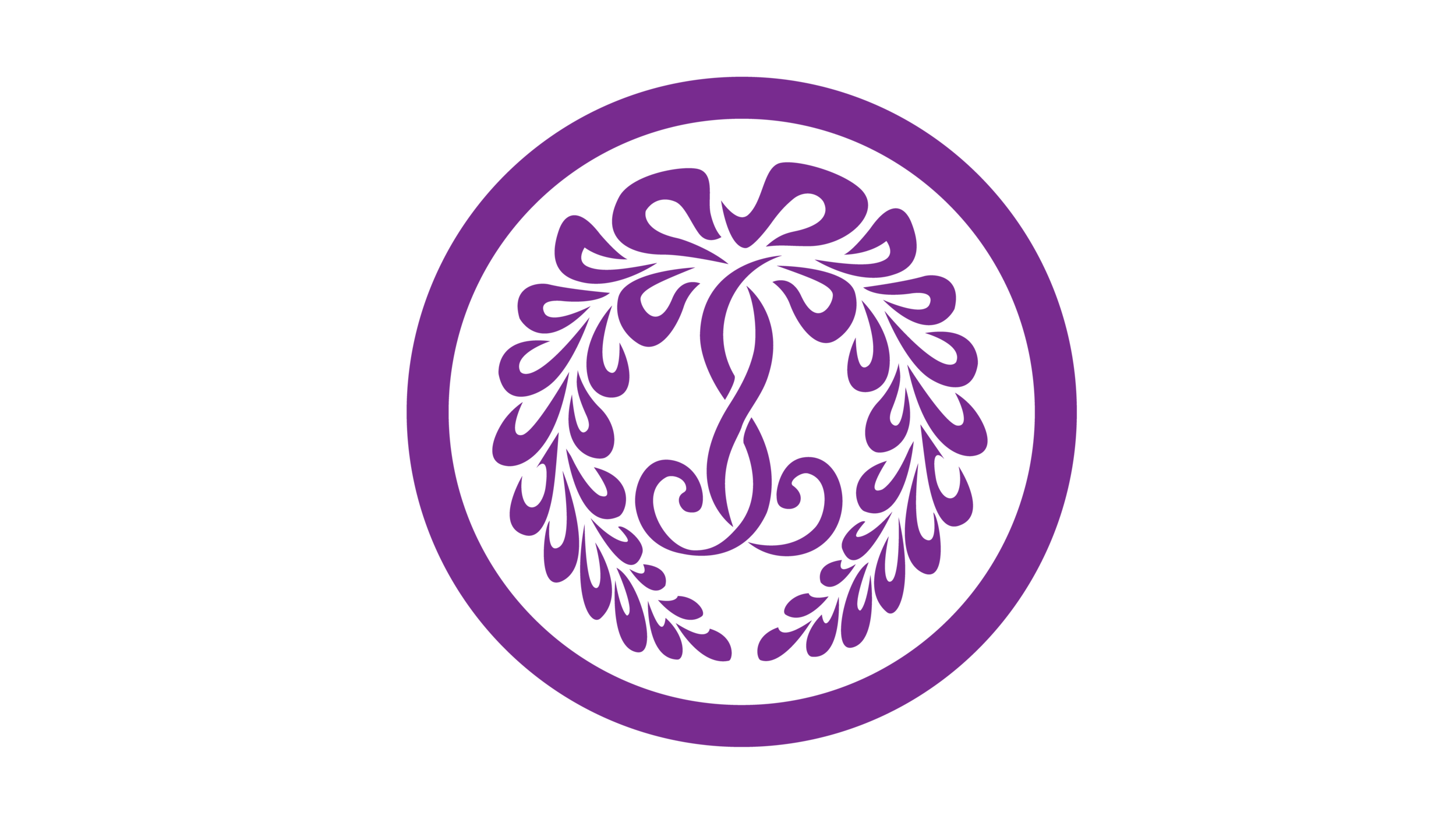Jodo Shinshu Buddhism
Jodo Shinshu is the largest of the popular Japanese Buddhist Pure Land sects. Commonly known as Shin Buddhism, Jodo Shinshu was founded by the former Tendai Japanese monk Shinran (1173-1263). Shinran Shonin passed away during his ninetieth year in 1263.
“Although my body will pass away,
Forever my teaching shall live;
As fresh as the green grass of Wakano-ura Bay
So long as human beings live”
The literal translation of Jodo Shinshu is the True Essence of Pure Land. The term is used as a name of a Buddhist organization as well as its teaching.
Jodo Shinshu teaches that the Pure Land is true and real realm full of wisdom. We often think that the world we live in is true and real. This is so-called the upside down view or the view of ordinary people of delusion. From the view of the Buddha, Enlightened being, our world is a temporary and a burning house of impermanence in which we suffer due to our egocentricity. The Buddha is always working to awaken us to what kind of situation we are in.
Buddhist
Etiquette
As Buddhists we must put into action the reverence and gratitude we feel for Amida Buddha.
Gassho the natural expression of reverence and gratitude, means to put hands together. The palms are placed together with the fingers and thumbs extended; the ojuzu encircling both hands and held gently between the thumbs and fingers.
Ojuzu (Nenju) symbolizes Oneness and should be held in the left hand during service. At home it should be kept in a special place.
Oshoko (Burning of incense) the acceptance of transiency and fulfillment in life, involves walking up to the front of the shrine and bowing about two steps in front of the table. After stepping up to the table, take a pinch of incense with the right hand and drop it into the incense bowl. Gassho and bow, take two steps back, bow again then walk away.
Seiten (and Gatha books) must be handled with proper care; hold it in both hands and bow (itadaku) in a gesture of gratitude before use.
The Hondo (Main Hall) should be entered and exited with members pausing to gassho facing the shrine.
Nembutsu (“Namu Amida Butsu”) should be recited clearly and accurately as Jodo Shinshu is based on the realisation of the Nembutsu.
